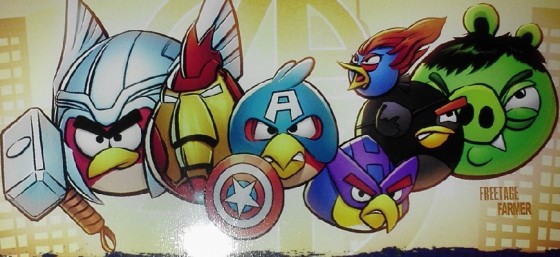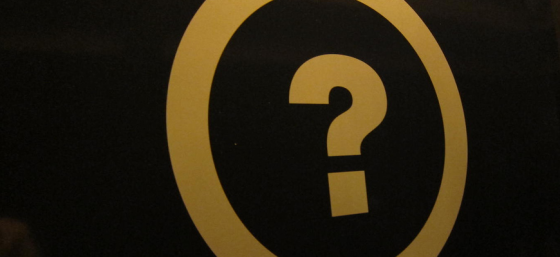
This week I had two speaking engagements on the basics of starting a business in Arizona. I thought I’d expand my list of tips into the ideal timeline an entrepreneur should follow for setting up their business.
- Figure out what type of business you want to have.
- Select a name for your business. From a trademark registration perspective, it’s best to pick a name that contains a word or words that don’t already exist. Also be mindful of any business name restrictions that exist in your industry.
- Do a search on the U.S. Patent and Trademark Office (USPTO) website to see if someone in a similar business has registered a similar name for their business. If they have, they can prevent you from using your desired trade name. Run a Google search as well to see if someone has a similar name but hasn’t registered it with the USPTO.
- Create a business entity by sending the appropriate form and payment to the Arizona Corporation Commission.
- Open a bank account for your business. Never use your personal accounts for business expenses or your business accounts for personal expenses.
- If you have more than one owner, create an operating agreement. This is a contract that dictates how the company is owned, how you will run your business, and how you will resolve problems. You need this no matter who your partners are, including your spouse and family members.
- When you have a business, you have intellectual property – at least copyrights and trademarks, and perhaps trade secrets and patentable ideas. Create an intellectual property strategy to protect these things. This is another time when you should at least buy an hour with a lawyer.
- Draft contract templates for documents you will regularly use with vendors and customers. Many business owners get contract templates from the internet. This is an acceptable way to start this project, but you should have a lawyer review them to make sure they are legal and address your needs.
- Register your trademark with the USPTO.
- If you have employees, you will need employment contracts and an employee handbook that includes a social media policy that complies with the National Labor Relations Act.
Ideally, every new business would have a lawyer to help them set up avoid any legal missteps, but many entrepreneurs can’t afford it. There are a lot of things you can do without a lawyer’s help, but you need to be well-informed about what your’e required to do when going into business for yourself and when it’s worth it to pay for a lawyer (like me).
It’s much easier and cheaper in the long run to consult a lawyer a few times when you’re starting your business than to have to hire one to clean up the mess that can result if you do it the wrong way.
Feel free to connect with me via Twitter, Google+, Facebook, and LinkedIn.
Please visit my homepage for more information about Carter Law Firm.












